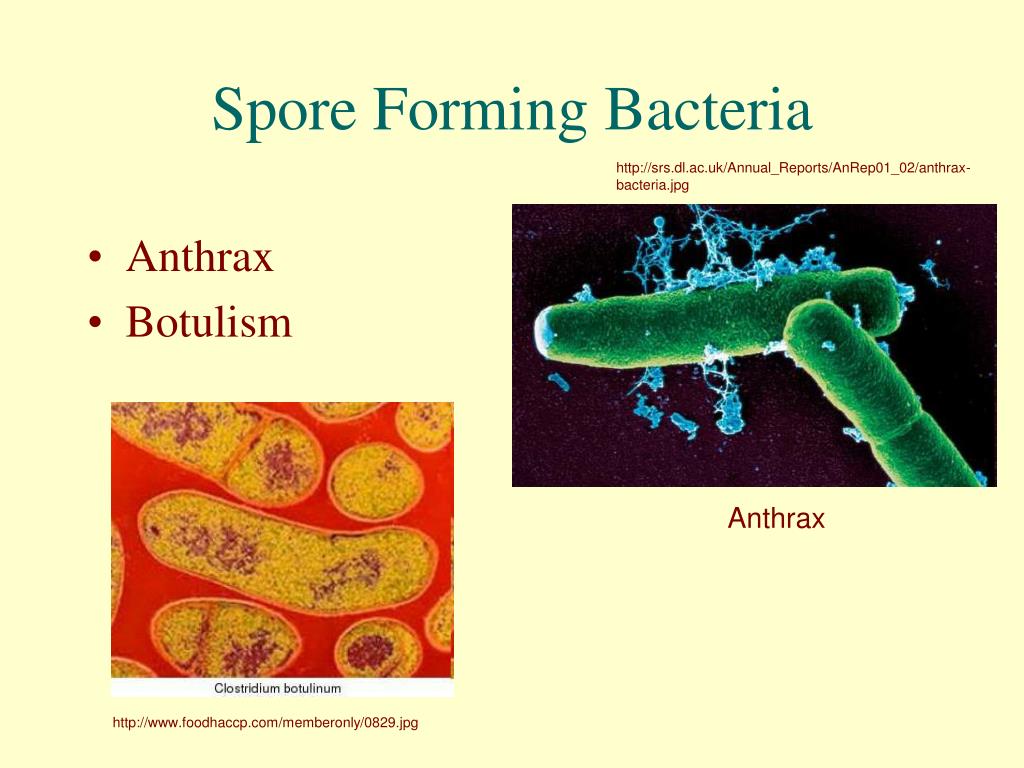
Dilutions are performed by careful aseptic pipetting of a known volume of sample into a known volume of a sterile buffer or sterile water. Thus, in order to obtain plates, which are not hopelessly overgrown with colonies, it is often necessary to dilutethe sample and spread measured amounts of the diluted sample on plates. Therefore, the total number of viable cells obtained from this procedure is usually reported as the number of colony-forming units (CFUs).Ī bacterial culture and many other samples usually contain too many cells to be counted directly. It is sometimes difficult to separate these into single cells, which in turn makes it difficult to obtain an accurate count of the original cell numbers. However, many bacterial species grow in pairs, chains, or clusters, or they may have sticky capsules or slime layers, which cause them to clump together. The number of colonies is then counted and this number should equal the number of viable bacterial cells in the original volume of sample, which was applied to the plate.įor accurate information, it is critical that each colony comes from only one cell, so chains and clumps of cells must be broken apart. During that time, each individual viable bacterial cell multiplies to form a readily visible colony. It reveals information related only to viable or live bacteria. Using this method, a small volume (0.1 - 1.0 mL) of liquid containing an unknown number of bacteria is spread over the surface of an agar plate, creating a "spread plate." The spread plates are incubated for 24-36 hours. The most common method of measuring viable bacterial cell numbers is the standard or viable plate count or colony count.This is a viable count, NOT a total cell count. In a microbiology lab, we frequently determine the total viable count in a bacterial culture. Many approaches are commonly employed for enumerating bacteria, including measurements of the direct microscopic count, culture turbidity, dry weight of cells, etc. coli suggests feces are present, indicating that serious pathogens, such as Salmonella species and Campylobacter species, could also be present (1). coli, are often used as indicator species, as they are not commonly found growing in nature in the absence of fecal contamination (1).

A subset of these bacteria are the fecal coliforms, which are found at high levels in human and animal intestines. Coliform bacteria are Gram-negative non-spore forming bacteria that are capable of fermenting lactose to produce acid and gas. In general, small numbers of pathogenic bacteria are not dangerous, but improper storage and/or cooking conditions can allow these bacteria to multiply to dangerous levels (1).įecal contamination of water is another one of the ways in which pathogens can be introduced (1). For example, bacterial pathogens can be introduced into foods at any stage: during growth/production at the farm, during processing, during handling and packaging, and when the food is prepared in the kitchen (1). Often one needs to determine the number of organisms in a sample of material, for example, in water, foods, or a bacterial culture. Staining procedures - UK Standards for Microbiology Investigations.A Oktari - The Bacterial Endospore Stain on Schaefferįulton using Variation of Methylene Blue Solution.Young cultures (less than or a day old) may have only vegetative cells, whereas older cultures (5 to 7 days old) are excellent for good sporulation.ģ- Heat fixing should be done with minimal flaming as excess heat will destroy the integrity of the cells, causing them to shrink and to aggregate together on the slide.Ĥ- It should be noted that any debris on the slide can also take up and hold the malachite green stain and so caution should be taken when interpreting slides. The smear is therefore ready to be observed under the microscope at the x100 objective with immersion oil.ġ- Some labs do not use paper towels as described in the Schaefer-Fulton procedure (an ill-fitting piece of paper may burn or leak)Ģ- The age of the culture will affect sporulation. Then cover the slide with a mercurochrome solution for two minutes.

Wash it with water, wipe it with filter paper. tetani, Bacillus anthracis, Bacillus cereus, Desulfotomaculum spp, Sporolactobacillus spp, Sporosarcina spp,Ĭover the smear with malachite green for a minimum of 45 min. 🏾 Examples of positive endospore staining : Clostridium perfringens, C. 🏾 Vegetative cells : Vegetative cells are brownish-red to pink. Endospore staining (source : Endospores : Endospores are light green.


 0 kommentar(er)
0 kommentar(er)
